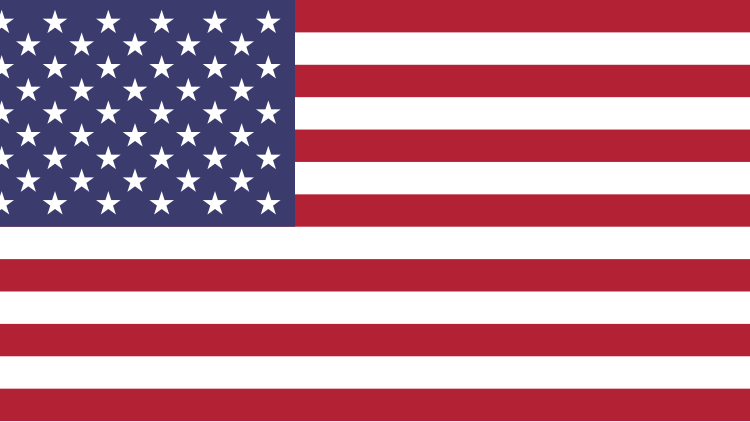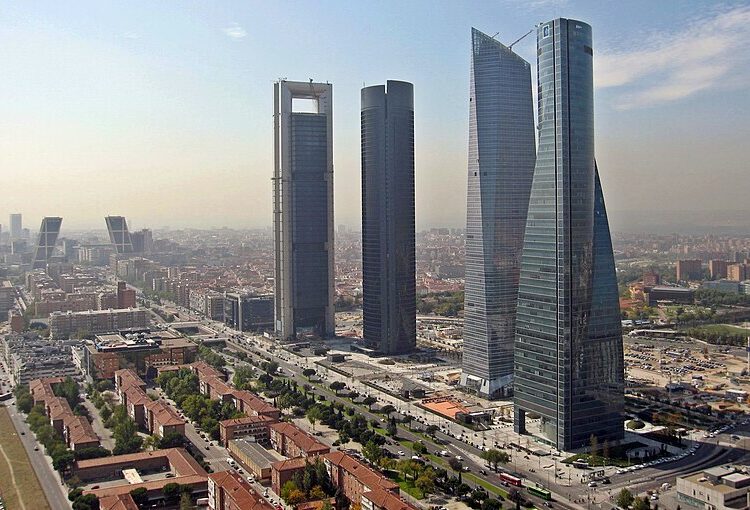A deep dive into how Japanese artists reimagined Chinese culture through art.
- The exhibition ‘Imagined Neighbors’ explores the complex relationship between Japanese artists and Chinese culture from 1680 to 1980.
- It features 39 paintings and three ceramics from the Mary and Cheney Cowles Collection.
- Japanese literati art combines painting, poetry, and calligraphy, heavily influenced by Chinese traditions.
- The exhibition highlights how Japanese artists reimagined Chinese art forms, particularly in folding screens.
- Notable works include Yosa Buson’s ‘Moon at Mount Emei’ and Murakami Kagaku’s ‘Land of the Immortals in the Northern Mountains.’
- The show intentionally excludes Chinese artworks to emphasize Japanese interpretations and fantasies about China.
- The exhibition runs at the National Museum of Asian Art until September 15.
The exhibition ‘Imagined Neighbors: Japanese Visions of China, 1680-1980’ at the National Museum of Asian Art showcases the intricate relationship between Japanese artists and Chinese culture over three centuries. Featuring 39 paintings and three ceramics from the Mary and Cheney Cowles Collection, the exhibition delves into the world of Japanese literati art, which intertwines painting, poetry, and calligraphy, drawing heavily from classical Chinese traditions. nnOne of the standout pieces is Kosugi Misei’s ‘Album of an Idle Person’ from 1937, where the artist, amidst Japan’s invasion of China, reflects on his isolation through a hermit character. This work raises questions about how Japanese artists appropriated Chinese styles and themes even during a time of conflict. nnThe exhibition highlights the evolution of Japanese interpretations of Chinese art, particularly through folding screens. Yosa Buson’s ‘Moon at Mount Emei’ illustrates a famous Chinese poem and employs traditional Chinese composition techniques, yet adapts them to a larger format that envelops the viewer. nnAs the exhibition progresses into the 20th century, it showcases how Japanese artists like Murakami Kagaku and Ogawa Usen began to push the boundaries of literati landscapes, creating works that challenge viewers’ perceptions and reflect a unique narrative of East Asian modernism. nnThe exhibition runs until September 15, inviting audiences to explore the themes of cultural appropriation and artistic invention, while also drawing parallels with Western interpretations of East Asian culture, as seen in James McNeill Whistler’s contemporaneous work, ‘Harmony in Blue and Gold: The Peacock Room.’·
Factuality Level: 7
Factuality Justification: The article provides a detailed overview of the exhibition ‘Imagined Neighbors’ and discusses the historical context of Japanese art influenced by Chinese traditions. While it presents factual information and insights, it also includes subjective interpretations and opinions about the artworks and their meanings, which may detract from its overall objectivity.·
Noise Level: 8
Noise Justification: The article provides a thoughtful analysis of the exhibition ‘Imagined Neighbors,’ exploring the complex relationship between Japanese and Chinese art. It discusses historical context, artistic techniques, and cultural appropriation, supporting its claims with specific examples of artworks. The content is relevant and focused, avoiding filler or irrelevant information, and it holds powerful cultural narratives accountable. However, it could benefit from more actionable insights or solutions for readers.·
Key People: Kosugi Misei (Artist), Frank Feltens (Curator), Yosa Buson (Artist), Murakami Kagaku (Artist), Ogawa Usen (Artist), James McNeill Whistler (Artist), Mr. Hatch (Art History Teacher)
Financial Relevance: No
Financial Markets Impacted: The article discusses an art exhibition and its historical context, which does not directly impact financial markets or companies.
Financial Rating Justification: The article focuses on an art exhibition and cultural themes rather than financial topics or market events.·
Presence Of Extreme Event: No
Nature Of Extreme Event: No
Impact Rating Of The Extreme Event: No
Extreme Rating Justification: The article discusses an art exhibition and the historical context of Japanese and Chinese art without mentioning any extreme events.·
 www.wsj.com
www.wsj.com 





